This is a guest blog post by Holly, a school-based SLP, on the top lists of go-to speech-language therapy apps and how they can be used for interactively targeting communication skills.
Let’s talk about how speech therapy apps can reinforce speech and language therapy!
When it comes to supporting student engagement, smart devices can be a go-to tool in speech therapy. We’ll be taking a tour of our favorite apps and how they can be used for interactively targeting communication skills.
Using speech therapy apps in speech-language therapy has become more common over the last decade (see ASHA’s informational post). However, it can be challenging to evaluate the quality of speech therapy apps for clinical use (Furlong et al., 2018; see ASHA’s guidance on evaluating procedures, products, and programs). While there’s evidence to support the use of articulation-based apps in conjunction with trained clinician feedback (McLeod et al., 2020), further research is needed to explore the effects of interactive speech therapy apps on different skills, such as social communication (Griffith, Hagan, et al., 2020). As SLPs, we find ourselves in this scenario pretty often: technology is constantly developing, researchers are keeping up as best as they can — so in the meantime, evidence-based decision making largely depends on our clinical judgment and the needs of our students!
There are thousands of speech therapy apps related to our scope of practice, so where do we begin? Before we dive in, here are 9 Tips for SLPs to Use an iPad Like a Pro — just in case you find yourself needing to organize any newly downloaded speech therapy apps from this list. (Note: for the majority of free apps included in this post, you’ll notice they come with a trial, a “lite” version, or frequent ads. While these speech therapy apps have been reviewed, the ads have not. For an extra charge, you can upgrade to get rid of the ads if that’s your preference!)
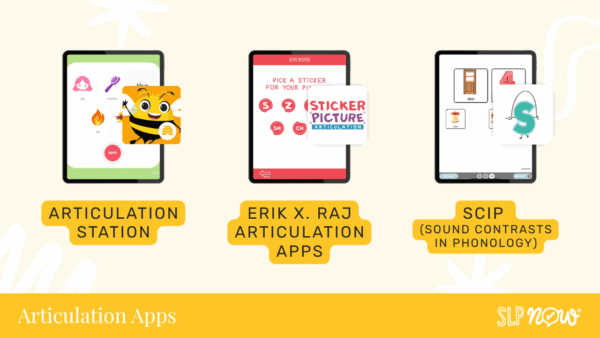
1. Articulation Apps
Articulation Station – This is one of the most popular articulation apps in our field — and for good reason! Flashcards, memory, and slot machine-style spinners make this app interactive. You can take data on the app and encourage students to self-monitor as well. For language goals and mixed groups, check out this post on How to Use Articulation Station for Language Therapy! iOS. Price: Free for one sound, then $1.99-$7.99/additional sound or $59.99 for all sounds.
Erik X. Raj Articulation Apps – These articulation apps target later-developing sounds such as /s, z, r, l/ and “sh”/”ch”/”th” using play-based activities like charades, secret missions, and trivia. iOS. Price: $4.99/app.
SCIP (Sound Contrasts in Phonology) – If you’re treating phonological patterns, this app has 5 approaches to choose from (Multiple Oppositions, Minimal Pairs, Maximal Oppositions, Treatment of the Empty Set, and Vowel Contrasts). While there aren’t extra interactive features, students can be involved in collecting their own data to help with self-monitoring. iOS. Price: $59.99.
2. Speech-Language Apps
These speech therapy apps were designed for speech-language therapy, so you can directly target communication skills with your students. The apps you see in this list were designed by fellow speech-language pathologists!
Cough Drop – When it comes to augmentative and alternative communication (AAC), there are a lot of things for your team to consider when selecting a device and program. In this list, we’ve included a user-friendly and easy-to-try AAC program — check out our earlier post here: CoughDrop: An Innovative App that is Changing AAC. iOS, Google Play, Amazon, Windows, Web Browser. Price: Free publicly shared boards (example); free trial, then $6/month or $200/lifetime.
Little Stories – This is another speech therapy app by Little Bee Speech, filled with stories that can be used to target speech sounds, reading fluency/comprehension, sequencing, story retell, and conversation. Plus there are coloring pages and scavenger hunts built into the app! iOS. Price: Free lite version; $0.99/additional story or $59.99 for all stories.
Tactus Conversation Therapy – For older students, this speech therapy app can support generalizing speech goals, grammar targets, and language skills in conversation. Start by selecting relevant topics, then follow along with the guided questions and problem-solving scenarios. Tactus is known for creating speech-language therapy apps to support adults and stroke survivors, so I’ve found many of my high school students appreciate the complexity and design of the app. iOS & Google Play. Price: Free lite version; $24.99 for the full version.
Word Vault – This app offers stimuli for articulation, phonology, language, and social communication skills. Users can unlock more interactive features like pictures, games, and audio recordings with a subscription. iOS. Price: Free lite version; subscription for $5.99/month or $54.99/year.
World’s Worst Pet | Vocabulary – Offered through iReady, this interactive vocabulary app offers dynamic teaching and assessment of tier two vocabulary across different levels. iOS. Price: Free.
Your Face Learning – This is another speech therapy app by Erik X. Raj that creates customized worksheets for students. Targets include sounds, basic concepts, compare/contrast prompts, story starters, social skills, and more. You can print the worksheets out or annotate them in another app (like Notability!) iOS. Price: Free.
SLP Now – This web application is for speech-language pathologists who want literacy-based, evidence-based materials, and tried-and-true caseload management tools to systematize their speech therapy planning and streamline their paperwork. SLP Now offers over 5,000+ materials and recently introduced a new interactive material called Smart Decks. Price: Free for 14-days + 5 free PDF downloads and unlimited Smart Decks
3. Language Stimulation & Brain Break Activities
While these apps aren’t directly designed for use in speech therapy, they are great at eliciting language, indirectly targeting speech skills, or supporting engagement during speech therapy sessions. Sprinkle some interactive breaks throughout speech therapy or celebrate with a game at the end — whatever your style is!
ABCYa – This app features educationally relevant games from Pre-K to 6th grade. Many of the games involve spatial concepts, customizing items, and curriculum-based learning. iOS, Google Play, & Web Browser. Price: Free version; full version for $9.99/month or $69.99/year.
Breathe, Think, Do with Sesame – For younger children, this app is a great way to explore self-regulation strategies and problem-solving skills. There’s a bubble-popping activity that is a great way to unwind! iOS & Google Play. Price: Free.
ChatterPix Kids – This app is an SLP Now favorite! With it, your students can make anything talk — pictures of people/pets, favorite characters, doodles, and more. On Episode #80 of the podcast, you can hear more ideas about using ChatterPix to target vocabulary. The creator, Duck Duck Moose, also has apps that focus on nursery rhymes, puzzles, drawing, and more. iOS & Google Play. Price: Free.
Fantastic 4 In A Row Go – Games like Connect Four are great for maximizing speech trials (e.g., “say X words and then take a turn”). EnsenaSoft Games also has other digital board games. iOS, Google Play, & Amazon. Price: Free with ads, upgrade with in-app purchases.
GoNoodle & GoNoodle Games – This app is filled with movement breaks, dance choreography, and mindfulness exercises. Great for self-regulation and following directions! iOS, Google Play, & Web Browser. Price: Free.
Heads Up! & Heads Up! Kids – This barrier game puts describing and language skills to the test in a fun and competitive way. The original version includes written words and pop culture topics, while the kids’ version includes pictures of familiar animals, actions, and items. iOS & Google Play. Price: Free, in-app purchases available; $3.99 for the kids’ version.
PBS KIDS Games – These games focus on educational skills and social-emotional awareness while incorporating PBS characters. There are many related apps that we could rave about too, so feel free to browse through PBS KIDS Apps! iOS, Google Play, & Web Browser. Price: Free.
Shoe the Goose Apps – These hands-on apps give kids the opportunity to design their own treats, clothes, and trucks. They’re filled with lots of language-rich targets, such as describing and sequencing. iOS. Price: $0.99/app.
Toca Boca Apps – In the Toca world, students can pretend to be chefs, hairdressers, medics, performers, designers, and more. These play-based activities make it easy to target language skills such as basic concepts, directions, object functions, and description skills. iOS & Google Play. Price: Free versions available, most full versions are $3.99/app, $19.99/bundle.
Toontastic 3D – Another SLP Now Favorite! This is a way for students to narrate their own stories and bring them to life. In Episode #36 of the podcast, we discuss using literacy-based therapy and generating parallel stories using ToonTastic. This is also a functional way to target grammar skills (e.g., simple/compound/complex sentences and subject/verb agreement). iOS & Google Play. Price: Free, in-app purchases available.
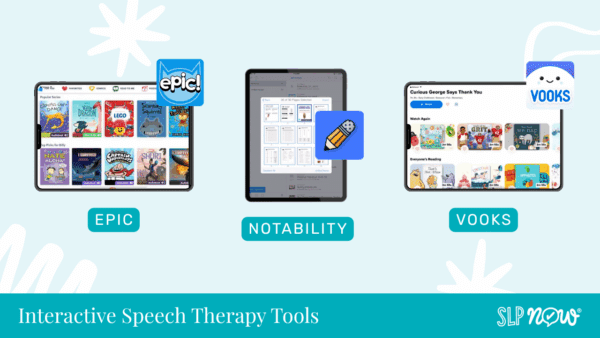
4. Interactive Speech Therapy Tools
You may have heard about using these tools on the computer — well, there’s an app for that, too! We’ve also included some apps that can be used to adapt materials into digital formats.
Epic – There’s a massive digital library of picture and chapter books on this platform, which makes literacy-based therapy even more accessible. iOS, Google Play, & Web Browser. Price: Free access at this time; option to upgrade for $9.99/month or $71.99/year.
Little Spinner – Spin a wheel full of category items (e.g., colors, shapes, vehicles, body parts) and follow along with the songs in the apps. There’s also an option to create your own spinner using text and photos! iOS. Price: Free, $0.99 for each additional spinner and the customization option.
Notability – This is another SLP Now favorite — it’s a super-powered annotation app that allows you to add pictures, audio, drawings, and text. I use this app for completing worksheets with my students, highlighting reading passages, digitizing their speech journals, etc. The possibilities are endless here, plus writing on a device with a stylus usually leads to instant engagement. Check out Marisha’s Notability Tutorial Part 1 & Tutorial Part 2. iOS. Price: $8.99.
Vooks – This platform makes reading more engaging than ever, courtesy of its animated, captioned storybooks. Their collection includes books for young readers that span genres and encourage social-emotional development. iOS, Google Play, & Web Browser. Price: Free for educators at this time; $4.99/month for standard users.
Youtube Kids – When exploring a new concept or building background knowledge, Youtube always has something. The kids’ version of the app makes it easier to look things up on the fly with students. iOS, Google Play, & Web Browser. Price: Free with ads.
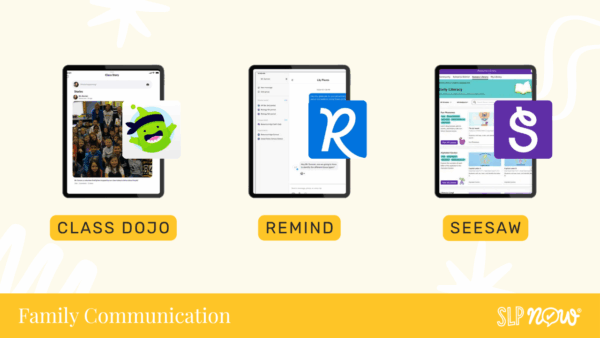
5. Family Communication
The last apps included here feature ways to connect with families and send speech and language homework. It can be really powerful to have students involved in this part! I try to make it a habit to send positive notes home to families, and this can reinforce participation in speech therapy for students.
Check out our previous post on this topic: Speech Therapy Homework: One Easy Solution. Many of these tools can be used at the end of a speech therapy session to help students connect the dots between what they’re working on in school and how they can apply these skills at home. For example, at one of my schools, I wrap up sessions by asking my students to summarize what we worked on, then I send a quick message to parents and provide participation points. If your school district uses one of these platforms, you can hop on board!
Class Dojo – With this app, you can share messages, photos, videos, and documents with families. It also has built-in language translation and reward features. iOS, Google Play, & Web Browser. Price: Free.
Edmodo – This is another platform that supports communication between teachers and students and can be used to send documents. iOS, Google Play, & Web Browser. Price: Free.
Remind – This messaging tool pairs with learning management systems such as Google Classroom, OneDrive, and Canvas. iOS, Google Play, & Web Browser. Price: Free, with upgraded features available.
SeeSaw – This app allows educators to connect with families and share students’ digital portfolios. iOS, Google Play, Amazon, & Web Browser. Price: Free.
Bonus: If students have a favorite character from a book, show, movie, or video game, there might be an app that’s related to their special interest. I find this can really help with buy-in during speech therapy sessions, too!
Looking for more reinforcing activities for your speech therapy sessions? Here’s a post about the Best FREE Reinforcers for Teletherapy.
What other speech therapy apps do you use in therapy? Let us know in the comments below!
References
American Speech-Language-Hearing Association. (n.d.). Applications (Apps) for Speech-Language Pathology Practice. https://www.asha.org/slp/schools/applications-for-speech-language-pathology-practice
American Speech-Language-Hearing Association. (n.d.). What To Ask When Evaluating Any Procedure, Product, or Program. https://www.asha.org/slp/evaluate/
Furlong, L., Morris, M., Serry, T., & Erickson, S. (2018). Mobile apps for treatment of speech disorders in children: An evidence-based analysis of quality and efficacy. PloS one, 13(8), e0201513.
Griffith, S. F., Hagan, M. B., Heymann, P., Heflin, B. H., & Bagner, D. M. (2020). Apps as learning tools: a systematic review. Pediatrics, 145(1).
McLeod, S., Ballard, K. J., Ahmed, B., McGill, N., & Brown, M. I. (2020). Supporting children with speech sound disorders during COVID-19 restrictions: Technological solutions. Perspectives of the ASHA Special Interest Groups, 5(6), 1805-1808.

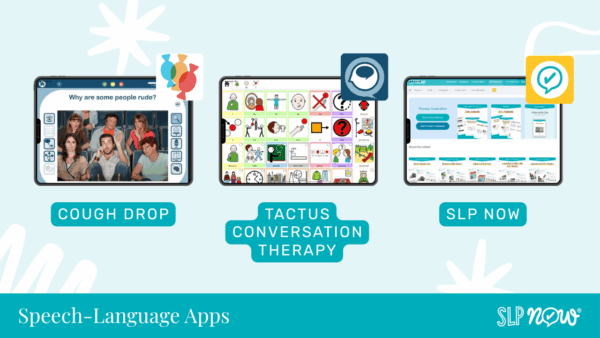
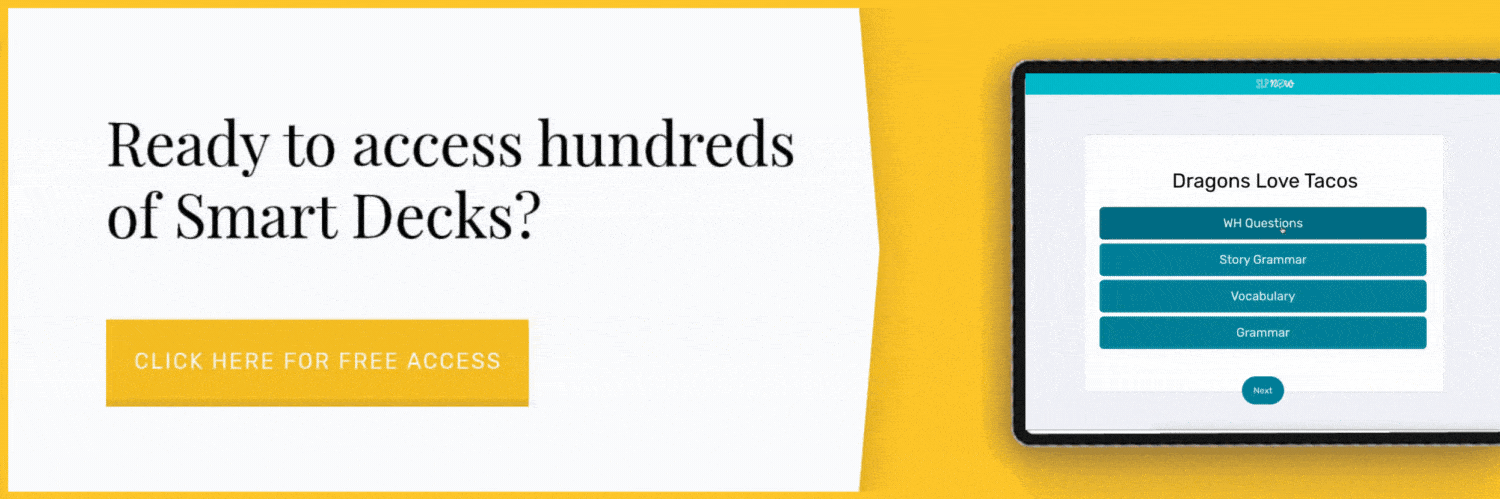


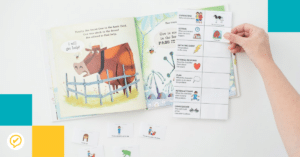
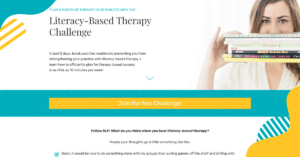
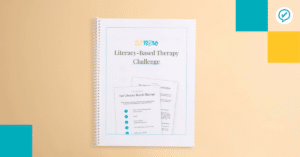
Leave a Reply